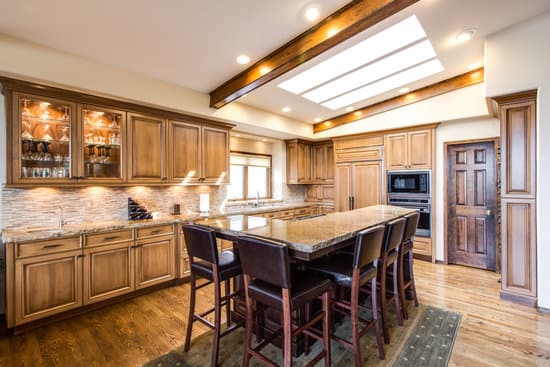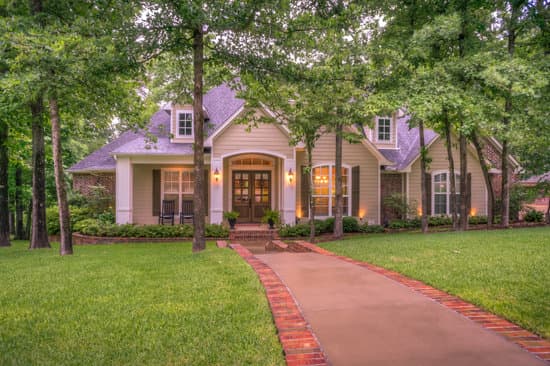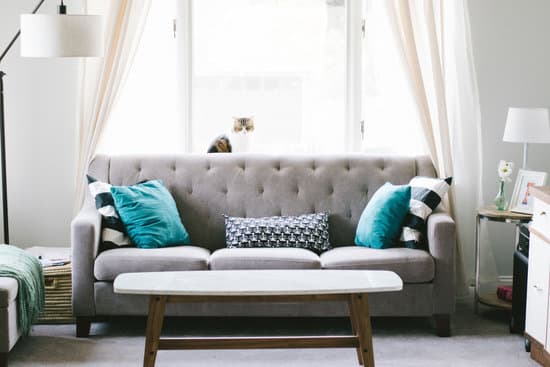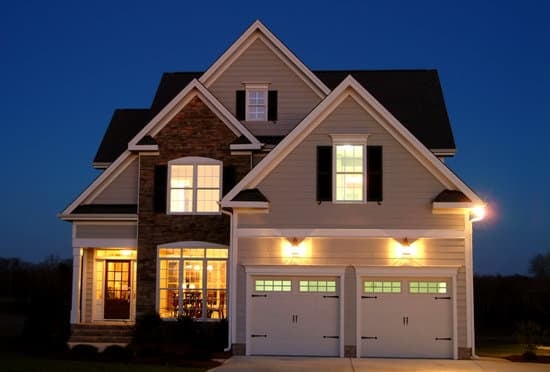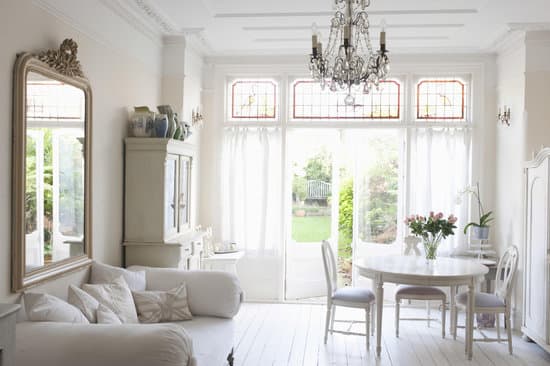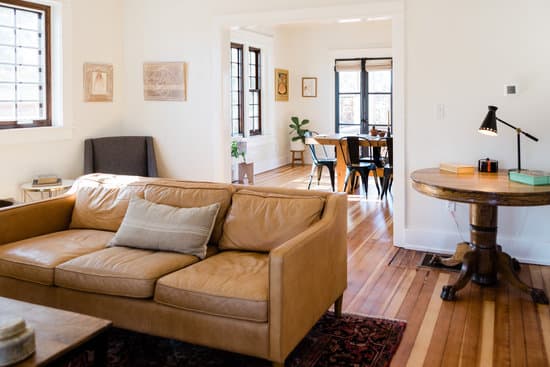- Vintage decor refers to items that are at least 20 years old, with some experts arguing that vintage items must be at least 50 years old.
- Vintage pieces are considered original, with unique designs and craftsmanship that represent a particular time period.
- Retro decor, on the other hand, refers to items that are designed to imitate or evoke a particular style or era, without necessarily being old or authentic.
- Retro items can range from reproductions of vintage pieces to newer items designed with a vintage look.
- While vintage pieces are often expensive and can be difficult to find, retro decor is more widely available and generally more affordable.
Understanding the Distinction: Vintage vs Retro Decor
When it comes to home decor, the terms vintage and retro are often used interchangeably, but they are actually quite different. Vintage decor refers to items that are at least 20 years old and were made in a particular time period, usually with a unique craftsmanship, age or pattern. Retro, on the other hand, refers to modern items that are designed to look like they came from an earlier time period. It’s all about the way something appears, usually in terms of fashion or style.Vintage Decor: Age, Craftsmanship & Patterns
Vintage decor is coveted by many homeowners and interior designers for its authenticity and history. These items usually have a unique craftsmanship that cannot be reproduced in modern times. Whether it’s furniture, lighting, or home accessories, vintage pieces have an undeniable quality and charm that cannot be imitated. One of the key features of vintage decor is its age. Items that are considered vintage are usually at least 20 years old. This means that they have a history and a story to tell, which is part of their appeal. Additionally, vintage decor often features unique patterns and designs that are not commonly seen in modern times.The Significance of Authenticity in Vintage Items
Authenticity is a key element when it comes to vintage decor. Many collectors and aficionados of vintage items seek out original, authentic pieces that have not been restored or repurposed. This means that vintage items may show signs of wear and tear, but that only adds to their charm and value. When purchasing vintage items, it’s important to do your research and verify the authenticity of the piece. Look for any identifying markers or labels that can tell you more about the item’s history and age. If you’re unsure about a particular item, it’s always a good idea to consult with an expert in vintage decor.Retro Decor: Fashionable Appearance and Style
Retro decor is all about fashion and style. Retro items are made to look like they came from an earlier time period, but they are actually modern reproductions. These items often feature bright colors, bold patterns, and unique designs that are reminiscent of a particular era. Retro decor can be a great way to add a pop of color and personality to your home. Whether you’re into mid-century modern or 1980s kitsch, there is a retro style that will suit your taste.Retro: Imitation vs Original
It’s important to note that retro decor is not the same as vintage decor. Retro items are modern reproductions of older styles, while vintage items are authentic and original pieces from a particular time period. While retro decor can be a fun and affordable way to incorporate vintage style into your home, it’s important to be aware of the differences between retro and vintage. If you’re looking for authenticity and history, vintage decor is the way to go.Incorporating Vintage and Retro Elements in Home Decor
Whether you’re a fan of vintage or retro decor, there are many ways to incorporate these elements into your home. Here are some ideas:- Use vintage or retro lighting fixtures to add character to a room.
- Hang vintage or retro posters or artwork on the walls.
- Incorporate vintage or retro textiles, such as throw pillows or curtains, into your decor.
- Look for vintage or retro furniture pieces, such as mid-century modern chairs or antique dressers.
Finding Vintage and Retro Decor Pieces
Finding vintage and retro decor pieces can be a fun and rewarding experience. Here are some tips for sourcing these items:- Visit flea markets, thrift stores, and antique shops for vintage finds.
- Search online marketplaces, such as Etsy, for vintage and retro decor items.
- Look for vintage and retro decor at estate sales and garage sales.
- Ask friends and family members if they have any vintage items they would be willing to sell or give away.






